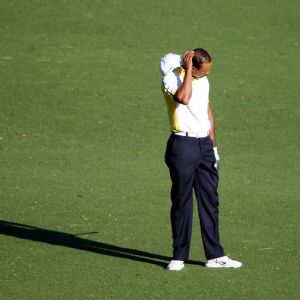How About Official Bifurcation...Some Of The Time?
/In the latest Golf Digest, former USGA Executive Director David Fay explains the issues involved with changing equipment rules and eventually gets to the point on many minds: the golf ball.
If the USGA and R&A are really serious about rolling back the golf ball, the important constituents who had a vote on the grooves change will be at the decision-making table. And they'll have veto power, too, because they represent their constituents' interests. (Other than restoring approach-shot values on classic older courses at which his players seldom perform, I imagine Tim Finchem wondering what the upside would be for the PGA Tour, and not finding much.) But who will speak for the rest of us: the 99 percenters, who've already been encouraged to "tee it forward"?
 Of course it was Fay who alerted us last year to the ability of rulesmakers to merely use a condition of competition to usher in a rolled back ball without fussing with the masses.
Of course it was Fay who alerted us last year to the ability of rulesmakers to merely use a condition of competition to usher in a rolled back ball without fussing with the masses.
Tucked away near the back of the R&A/USGA Rules of Golf is a section titled Conditions of the Competition. The portion dealing with clubs and ball requirements begins: "The following conditions are recommended only for competitions involving expert players." Key word: only.
Which leads me to Missy Jones' GolfTraditions.com story wondering what all the fuss is over with the latest rules bifurcation talk.
Another argument for bifurcation that I hear is that the pros need to have a golf ball that doesn’t go as far and amateurs need a ball that goes farther. So? Why would you have to change the rules for that? Again, the Rules of Golf are flexible. Handle that in the Conditions of Competition or Notice to Players part of the championship. You know those sheets of paper that players rarely read?
Which got me thinking: tennis quietly alters the dynamics of tennis balls during the grand slam events, why not allow for this in golf? Bifurcation at times when it's necessary--when tournaments are played at places like Merion, Riviera, Olympic Club, Pebble Beach, St. Andrews--and today's ball in play at the Dove Mountain's and TPC San Antonio's of the world?
Yes, this adds another ball to the world and enforcement issues, but maybe we can satisfy all interests by using the Conditions of Competition to get the best out of all venues?













